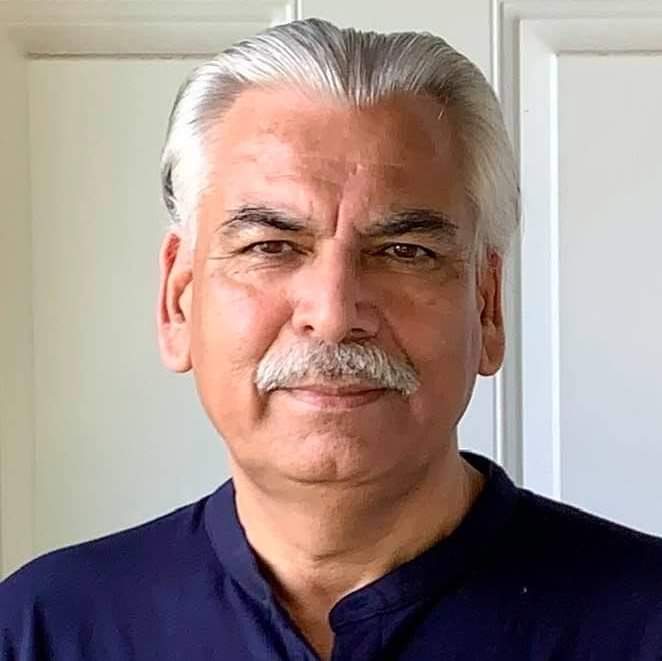By Barrister Usman Ali, Ph.D.
The constitutional bench of Pakistan’s Supreme Court, in a majority ruling, accepted review petitions concerning reserved seats, effectively stripping the PTI of its share. In a brief judgment, the court upheld the Peshawar High Court’s earlier decision denying reserved seats to the Sunni Ittehad Council.
As always, the country split into two competing narratives. Those who benefited hailed it as a triumph for the Constitution, the rule of law, and democratic legitimacy. They argued the verdict reaffirmed constitutional supremacy and clarified legal interpretation. Meanwhile, those politically wounded by the outcome labeled it disappointing, unjust, even damaging to the judiciary’s credibility. Some critics went as far as calling it “another blot on the Supreme Court’s face.”
This is not a new pattern. Pakistan’s political and judicial history is replete with divisive rulings. Time and again, one side is cast as the establishment’s “favored child,” while the other is treated as expendable. The judiciary has rarely been seen as entirely impartial. Many landmark decisions reflect not just legal reasoning but the influence of power centers or personal biases. The first major test came in 1954, when Chief Justice Muhammad Munir, in the Maulvi Tamizuddin case, validated the dismissal of the Constituent Assembly, giving birth to the infamous “doctrine of necessity.” That doctrine became a legal fig leaf for successive military coups. The issue was not merely pressure from above, often, judgments have also been shaped by personal inclinations, ideological leanings, or emotional loyalties.
Perhaps the most glaring example is the 1979 execution verdict against former Prime Minister Zulfiqar Ali Bhutto. Justice Maulvi Mushtaq Hussain’s personal animosity toward Bhutto was well known. Denied the position of Chief Justice during Bhutto’s tenure, Mushtaq later presided over Bhutto’s trial, one that many deemed fundamentally unfair. That brutal judgment, backed by both the High Court and Supreme Court, was later revealed to have been influenced by General Zia-ul-Haq’s pressure on the judiciary, something some judges later admitted. The decision is now widely recognized as “judicial murder.” Nearly 45 years later, in a presidential reference, the Supreme Court acknowledged that Bhutto had not been granted a fair trial and that the judgment was flawed.
The 1999 military coup by General Pervez Musharraf, and its validation by the Supreme Court in 2000, followed the same trajectory. The court not only justified his unconstitutional takeover but also granted him the authority to amend the Constitution, something unimaginable in a functioning democracy. Later in 2007, when Musharraf dismissed Chief Justice Iftikhar Chaudhry, a nationwide lawyers’ movement arose, winning the judiciary renewed public support. But that goodwill quickly faded. Chaudhry’s frequent use of suo motu powers and his court’s increasing entanglement with media optics weakened the image of judicial restraint.
More recently, the judicial process has been visibly affected by judges’ political affiliations, personal sympathies, and ideological alignment. Some justices exhibited overt leniency toward Imran Khan and clear alignment with his political narrative, evident both in rulings and courtroom remarks. Political ties of judges’ family members also drew public scrutiny, further eroding trust. In this context, the case of Justice Qazi Faez Isa stands out. A presidential reference was filed against him, widely seen as an executive attempt to undermine judicial independence. Though the court ultimately quashed the reference, upholding the judiciary’s institutional integrity, it exposed the methods used to pressure judges. Justice Isa’s bold dissents and principled critiques became emblematic of the judiciary’s internal divisions and the shrinking space for judicial autonomy.
In 2017, Nawaz Sharif was disqualified in the Panama Papers case. At the time, Imran Khan’s party celebrated the decision as a victory for accountability and judicial courage, while the PML-N denounced it as “judicial martial law.” Even today, legal experts question whether disqualifying an elected prime minister over a mere Iqama was constitutionally sound. Ironically, when similar rulings later went against Imran Khan, his party, once hailing the judiciary as a “ray of hope”, began branding it biased, compromised, and politically manipulated.
The Supreme Court’s recent judgments in 2023 and 2024, including those on election scheduling, assembly dissolution, and reserved seats, reflect this enduring trend. One side offers prayers of gratitude; the other takes to the streets in protest. One distributes sweets; the other calls the judiciary a “regime change tool.” Principles are sidelined; personalities dominate. Justice takes a back seat to political utility.
This game will persist unless its roots are addressed. The real issue lies not only in the judgments but in the environment in which they are made. As long as judicial appointments are driven by political influence rather than professional merit and transparency, as long as judges seek headlines rather than dispense justice, as long as personal biases, grudges, and ideological loyalties color decisions, and as long as the Constitution and law are not upheld as the only standards, the dignity of the judiciary and public confidence in it will remain compromised.
Restoring institutional credibility requires more than rhetoric. Judges’ assets should be publicly audited on an annual basis. Retired judges should be barred from accepting government or political appointments. Judicial decisions should be translated and summarized in public-friendly formats to enhance legal literacy. The Supreme Judicial Council must be reformed into a truly independent, transparent forum capable of holding judges accountable without fear or favor.
Democracy is not merely about casting votes. It rests on institutional balance, political maturity, and constitutional honesty. If we truly seek to build a civilized, stable, and just state, all stakeholders must transcend their political narratives and submit to the rule of law. Otherwise, judges will continue to call some litigants “good to see you,” and brand others as part of the “Sicilian mafia,” . Time will keep moving, chairs will keep changing, judgments will keep flipping, and the nation will continue to watch the same spectacle repeat itself, era after era.

